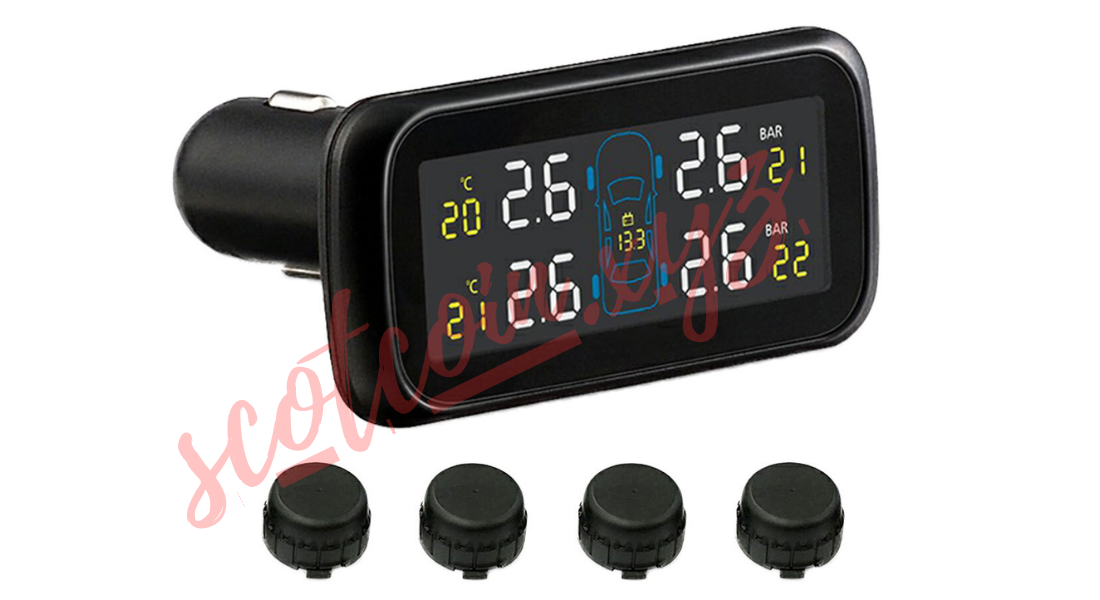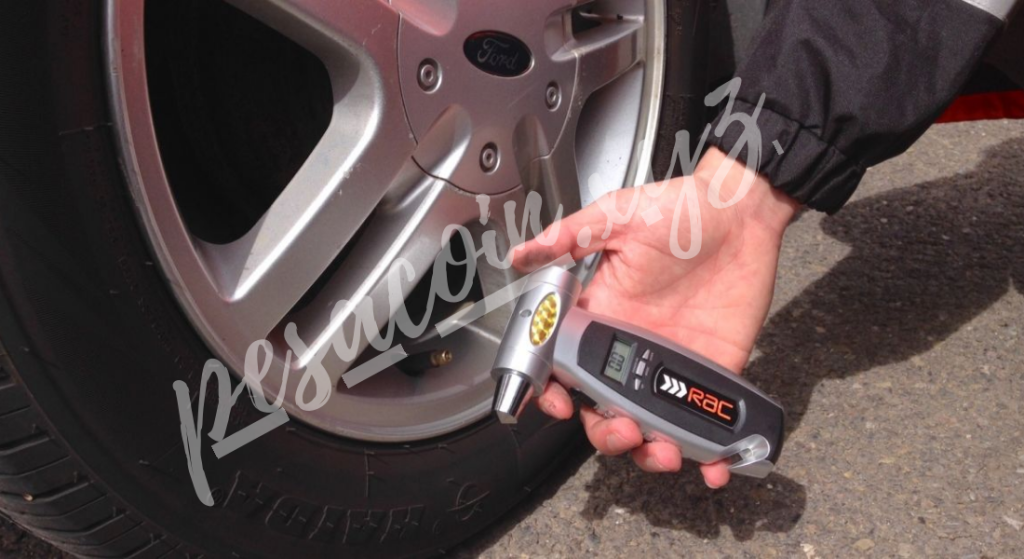Blog
Enhance Your Ride The Complete Guide to Wireless Wheel Sensors
Modern car technology has brought significant advancements in safety and performance, and the wireless wheel sensor is a standout innovation. This small but powerful device monitors your vehicle’s wheels, providing real-time data on speed, tire pressure, and braking to enhance driving safety and efficiency. Designed to offer precision and reliability without complicated wiring, a wireless wheel sensor is a valuable upgrade for anyone looking to stay informed about their vehicle’s health on every journey.
Key Benefits of Using a Wireless Wheel Sensor
Integrating a wireless wheel sensor into your vehicle has numerous advantages that go beyond basic monitoring. Here’s how these sensors can enhance your driving experience:
Real-Time Monitoring for Increased Safety
One of the most significant benefits of wireless wheel sensors is the ability to monitor critical data in real-time. By tracking metrics like wheel speed and tire pressure, these sensors alert you to potential issues before they escalate. Early warnings about low tire pressure or braking issues give you a chance to address problems, ultimately reducing the risk of accidents.
Improved Fuel Efficiency and Tire Longevity
A wireless wheel sensor can also improve fuel efficiency by helping you maintain optimal tire pressure. Properly inflated tires reduce rolling resistance, which improves fuel economy and reduces emissions. Furthermore, maintaining correct tire pressure extends the life of your tires, saving you money on replacements in the long run.
Enhanced Driving Performance and Control
For drivers who love precision and performance, a wireless wheel sensor provides valuable data to optimize your vehicle’s handling. By analyzing wheel speed and traction, the sensor helps improve stability during acceleration, braking, and cornering. This feedback can be especially useful for high-performance cars, as it allows you to fine-tune your driving for better control and safety.
Key Features to Look for in the Best Wireless Wheel Sensors
When choosing a wireless wheel sensor, it’s essential to consider certain features that can make a significant difference in performance and reliability. Here are some must-have features to look out for:
Compatibility with Your Vehicle Model
Not all wireless wheel sensors are universal, so it’s crucial to check compatibility with your specific make and model. Many manufacturers offer vehicle-specific sensors that ensure an accurate fit and seamless integration with your existing systems.
Battery Life and Power Efficiency
Since wireless sensors operate without direct wiring, battery life is a critical factor. Look for sensors with long-lasting batteries that can perform reliably over months or even years. Some high-end sensors come with power-efficient designs or even solar charging capabilities, providing extended usability without frequent replacements.
Data Accuracy and Speed
For meaningful insights, accuracy is essential. The best wireless wheel sensors provide precise measurements with minimal lag, delivering real-time data you can trust. Sensors with high-frequency data updates offer a more accurate reflection of conditions, particularly useful in dynamic situations like braking or high-speed driving.
Integration with Other Systems
Some advanced wireless wheel sensors can integrate with other car systems, such as anti-lock braking systems (ABS) and traction control. These integrations provide an added layer of functionality, allowing your car to respond intelligently to changes in wheel dynamics, further enhancing safety and handling.
How to Install a Wireless Wheel Sensor
Installing a wireless wheel sensor can vary depending on the specific model and vehicle. However, here’s a general guide to help you understand the process:
Step 1: Gather Tools and Instructions
Before installation, read the user manual that comes with your sensor. Some sensors may require specific tools or adapters, especially if they integrate with other car systems. Having everything ready will make the installation smoother.
Step 2: Remove the Wheel (If Necessary)
Some wireless sensors are designed for easy attachment to the wheel’s valve stem, while others might require you to remove the wheel. Follow the manufacturer’s instructions carefully. If wheel removal is needed, make sure to secure your vehicle with a jack stand for stability.
Step 3: Attach the Sensor
Mount the wireless wheel sensor onto the wheel according to the instructions. For valve stem sensors, screw them onto the valve stem tightly to ensure a secure fit. Make sure the sensor is positioned correctly to avoid damage during driving.
Step 4: Test the Sensor Connection
Once installed, check the sensor’s connection and battery status if applicable. Most wireless sensors have an accompanying mobile app or dashboard that allows you to verify the installation. Make sure the sensor is transmitting data accurately before hitting the road.

Top Wireless Wheel Sensor Models for 2024
Here’s a look at some of the best wireless wheel sensor options on the market today, offering excellent features, durability, and ease of use.
TPMS 6 Wireless Wheel Sensor by FOBO
The FOBO TPMS 6 wireless wheel sensor is ideal for monitoring tire pressure on both standard and performance vehicles. It offers accurate, real-time data and integrates with a smartphone app for convenient monitoring. With easy installation and a long-lasting battery, this sensor provides reliable performance and is perfect for those seeking a hassle-free setup.
PressurePro PULSE FX
PressurePro’s PULSE FX sensor is popular for its robust accuracy and user-friendly interface. Known for offering high-precision data on tire pressure, it’s also equipped with Bluetooth technology, allowing you to monitor your tires directly from a smartphone app. This sensor’s durability and ease of installation make it a great choice for drivers who prioritize reliability.
ZUS Smart Tire Safety Monitor by Nonda
The ZUS Smart Tire Safety Monitor stands out for its comprehensive safety features. It not only monitors tire pressure but also provides alerts for slow leaks, a feature not commonly found in all wireless wheel sensors. With a user-friendly app and automatic battery-level monitoring, the ZUS system is ideal for safety-conscious drivers.
Maintenance Tips for Your Wireless Wheel Sensor
To keep your wireless wheel sensor working optimally, regular maintenance is key. Here are some tips to ensure your sensor’s longevity and performance:
Check Battery Life Regularly
Battery power is crucial for wireless sensors, so it’s a good idea to check battery levels every few months. Many sensors offer low-battery warnings, but a periodic check can prevent unexpected issues.
Clean the Sensor Area
Dirt, mud, and road debris can affect the sensor’s performance, especially for those mounted on the valve stem. Periodically clean the area around the sensor to ensure it stays clear and functional.
Recalibrate as Needed
Some sensors may require occasional recalibration to maintain accuracy. Follow the manufacturer’s instructions for recalibration, especially if you notice inconsistent data or if the sensor has been removed and reinstalled.
Why Upgrade to a Wireless Wheel Sensor?
A wireless wheel sensor is a game-changer for drivers who want real-time insights into their vehicle’s performance. By continuously monitoring critical data like tire pressure, temperature, and wheel speed, these sensors improve your driving experience, enhance safety, and help maintain your car’s efficiency. Investing in a high-quality wireless wheel sensor is a smart move, whether for day-to-day convenience, improved fuel economy, or simply for the peace of mind that comes from knowing your car’s condition on the road.
Conclusion: Unlock the Benefits of a Wireless Wheel Sensor
A wireless wheel sensor offers more than just data—it provides safety, efficiency, and an enhanced driving experience. By choosing the right sensor, you’ll gain valuable insights into your vehicle’s performance, ensuring a safer and more enjoyable ride. From monitoring tire pressure to optimizing fuel economy, a wireless wheel sensor is an invaluable tool for today’s drivers. Make the upgrade today and drive with confidence, knowing you’re equipped with the latest in vehicle monitoring technology.



